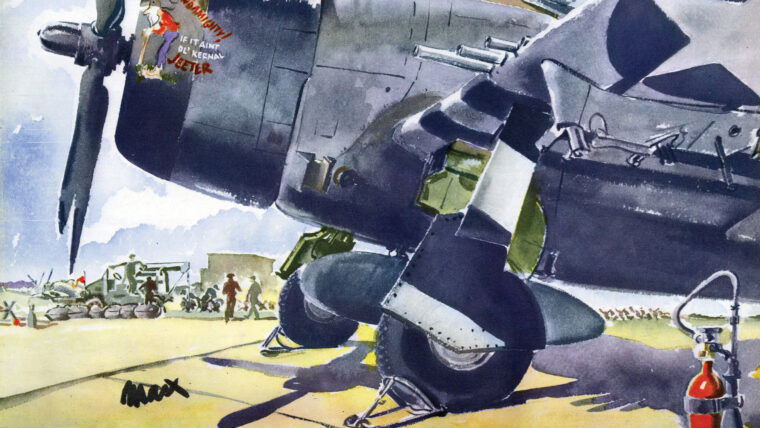
WWII
Ninth Air Force Captured In Brushstrokes
By Kevin M. HymelThe Ninth Air Force officially arrived in England when General Lewis H. Brereton set up his headquarters in Sunninghill Park, Berkshire, on October 16, 1943. Read more
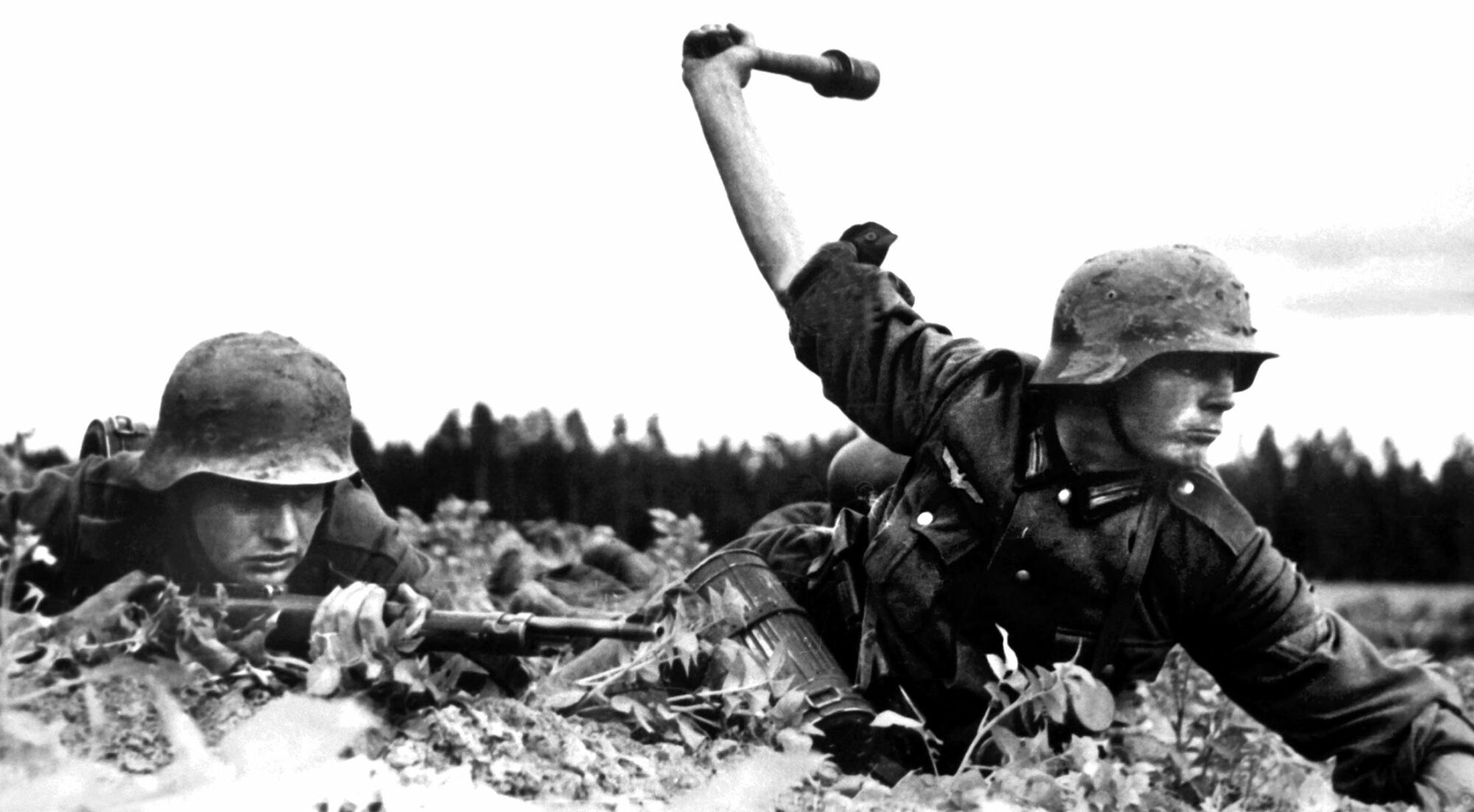

WWII
The Ninth Air Force officially arrived in England when General Lewis H. Brereton set up his headquarters in Sunninghill Park, Berkshire, on October 16, 1943. Read more
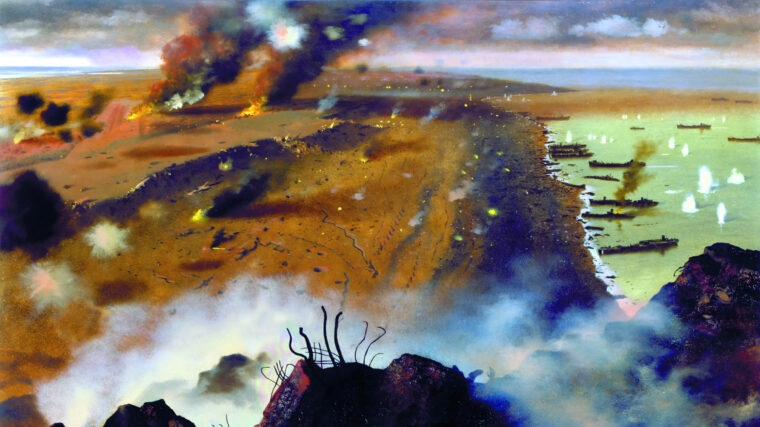
WWII
No foreign army in the 5,000-year history of Japan had ever successfully conquered Japanese territory. In late 1944, American war planners were about to challenge that statistic on the tiny Pacific island of Iwo Jima. Read more
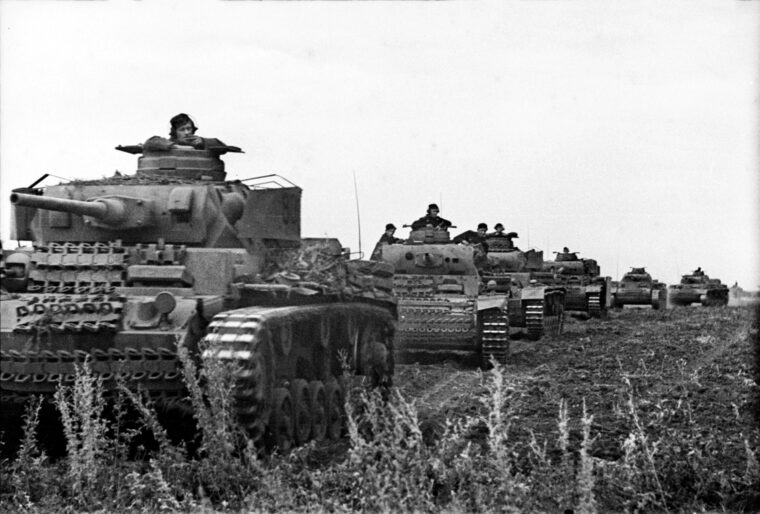
WWII
Colonel General Walter Model was a rising star in the German ArFmy in early 1943. The son of a music teacher, Model was born on January 24, 1891, in Genthin, Saxony-Anhalt. Read more
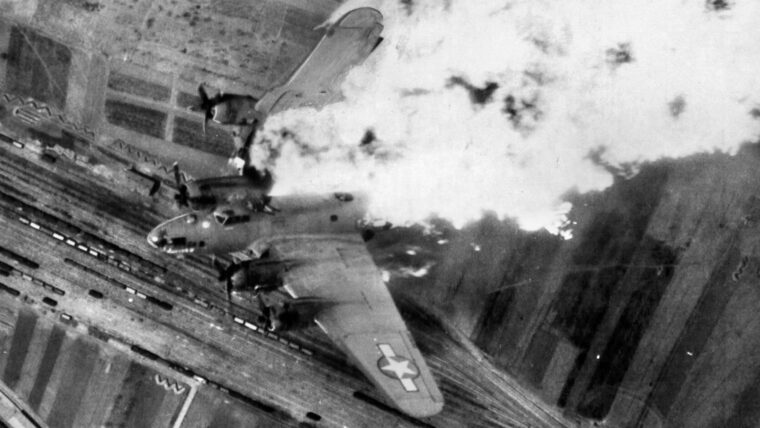
WWII
Aboard each of the hundreds of Liberators and Flying Fortresses that daily left the soil of England bound for targets in Germany were ten young men. Read more
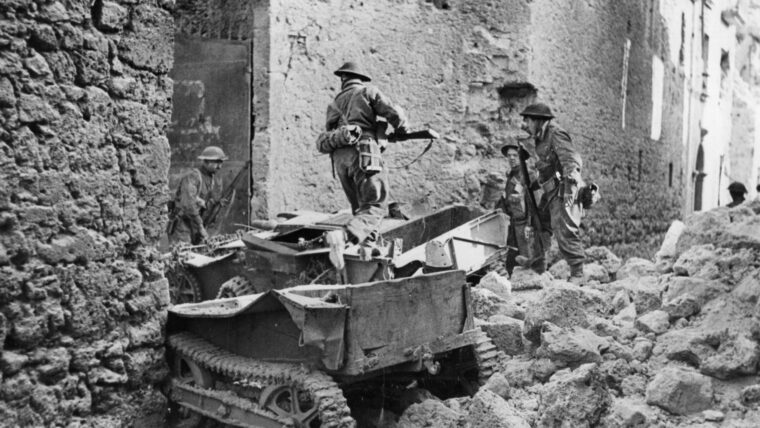
WWII
Italy was unforgiving. German resistance to Allied operations had been brutal since the Salerno landings in the autumn of 1943, and by the following spring frustration had mounted upon frustration. Read more
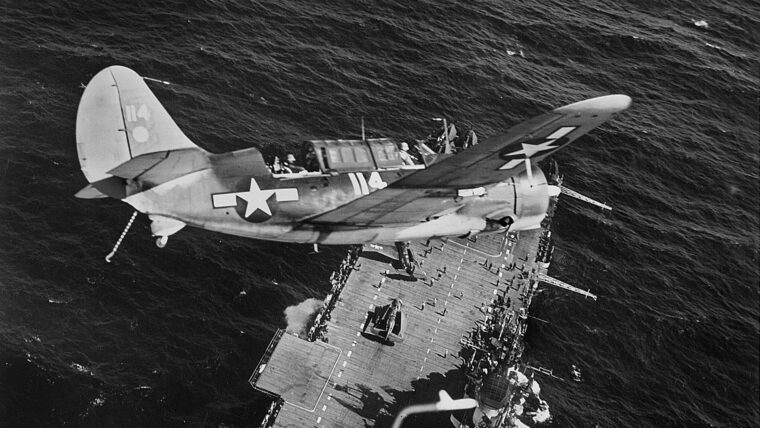
WWII
By Joseph Frantiska, Jr.
At the beginning of WWII, the U.S. Navy needed a combat aircraft that could meet several requirements: it had to serve as an attack fighter that could conduct precision dive-bombing and ground-support (strafing) operations yet still be small enough to be delivered to battle zones by aircraft carrier. Read more
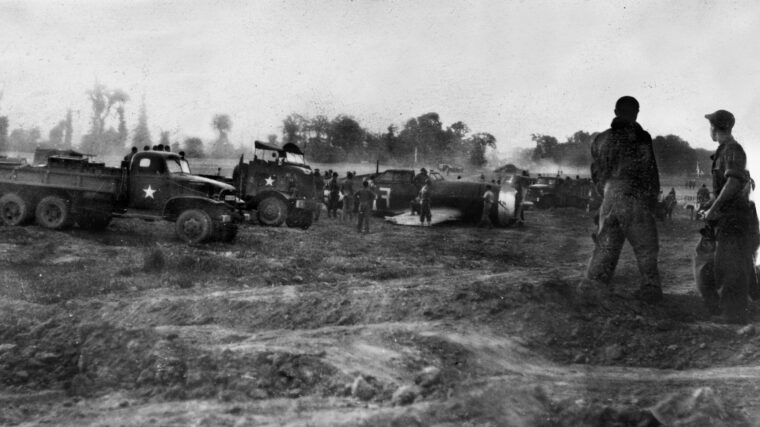
WWII
When most people think of the U.S. Army Air Forces in World War II, the first image that usually comes to mind is that of the heavy bombers, the B-17s and B-24s, that ravaged targets in Europe and the B-29s that wreaked havoc on Japanese cities in the Pacific. Read more
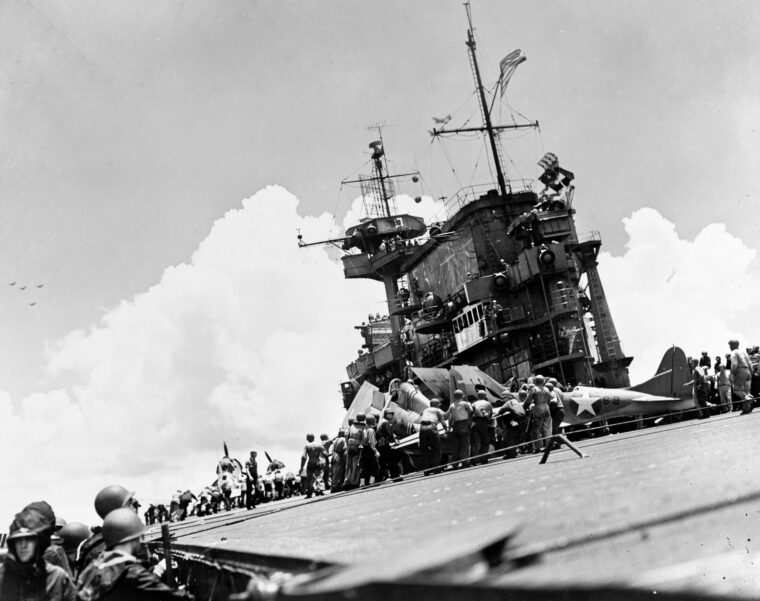
WWII
It had been a difficult year for the United States Navy.
Beginning with the surprise attack on Pearl Harbor on December 7, 1941, defeat after defeat had plagued the efforts of the American Navy to recover its balance and strike back against the rampaging Japanese. Read more
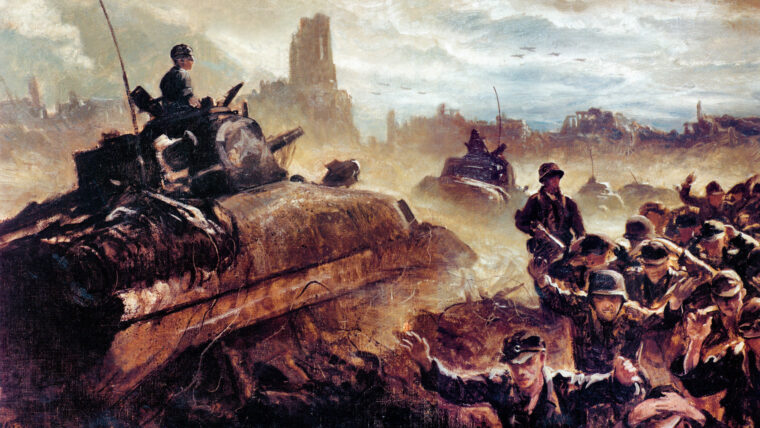
WWII
The Allied planning for Operation Overlord had been ongoing for more than two years. Vast quantities of supplies and hundreds of thousands of fighting men and their machinery of war had crowded southern England. Read more
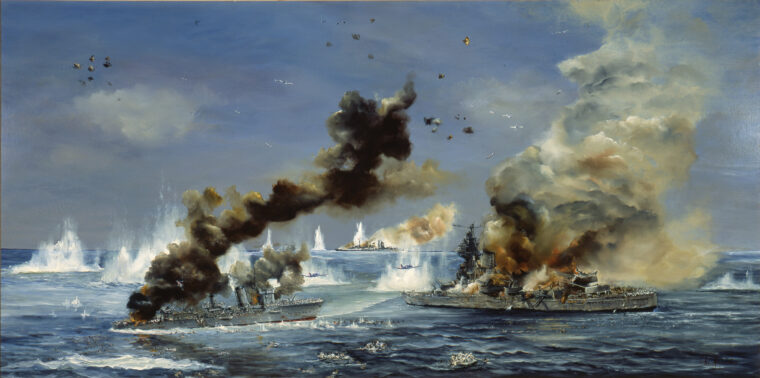
WWII
She was the lead ship of her class, built under the 1930 London Naval Treaty, which imposed limits on cruiser, destroyer, and submarine tonnage for the United States, Great Britain, and Japan. Read more
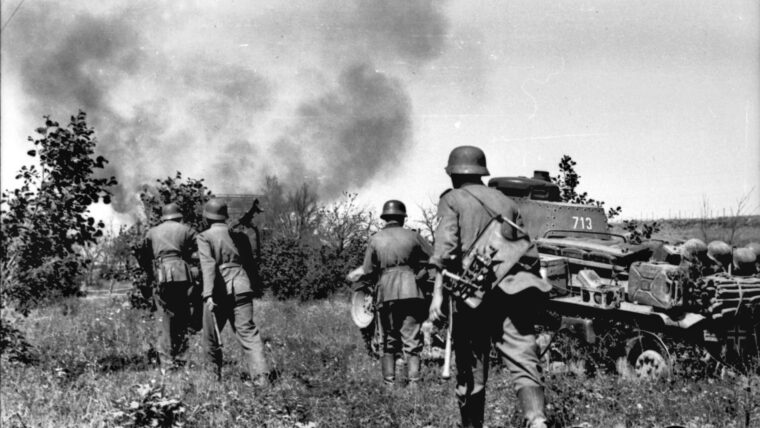
WWII
The smell of victory was in the air as the forces of Field Marshal Fedor von Bock’s Army Group Center continued to drive deep into the Ukraine during the final week of June 1941. Read more
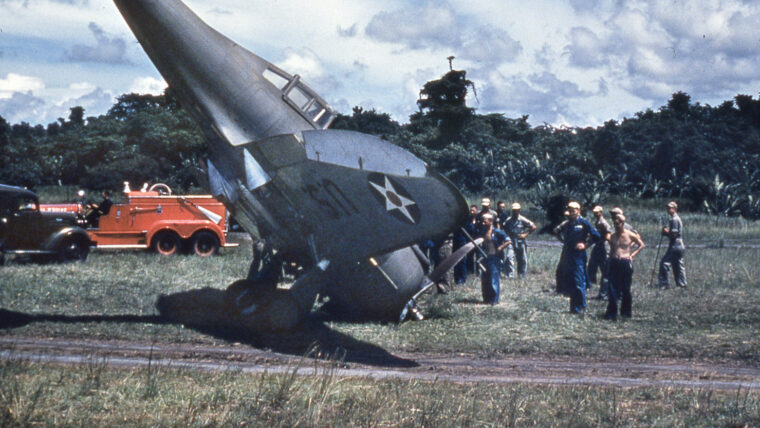
WWII
In May 1942, the 27th Bombardment Group transferred from Batchelor, Australia, to Hunter Field outside Savannah, Georgia. It was a transfer without men or equipment to the same base from which the group had departed in October 1941 for the Philippine island of Manila. Read more
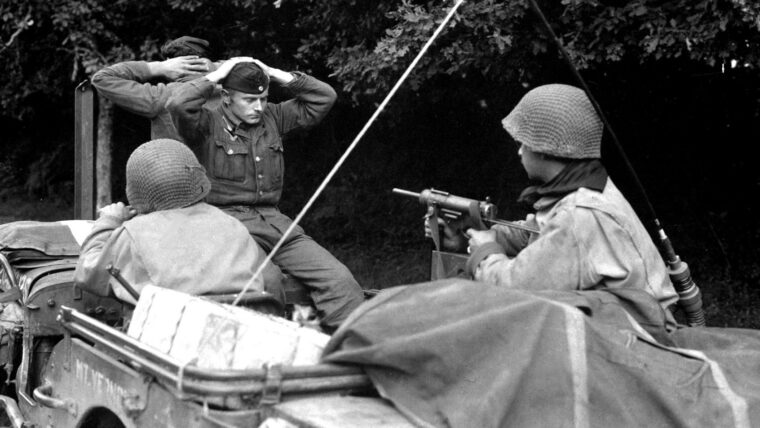
WWII
As America geared up for war, the economy of building a wartime army was overwhelming. Tanks, aircraft, soldiers and weapons—all would consume huge resources, and manufacturers were challenged to reduce costs wherever they could. Read more
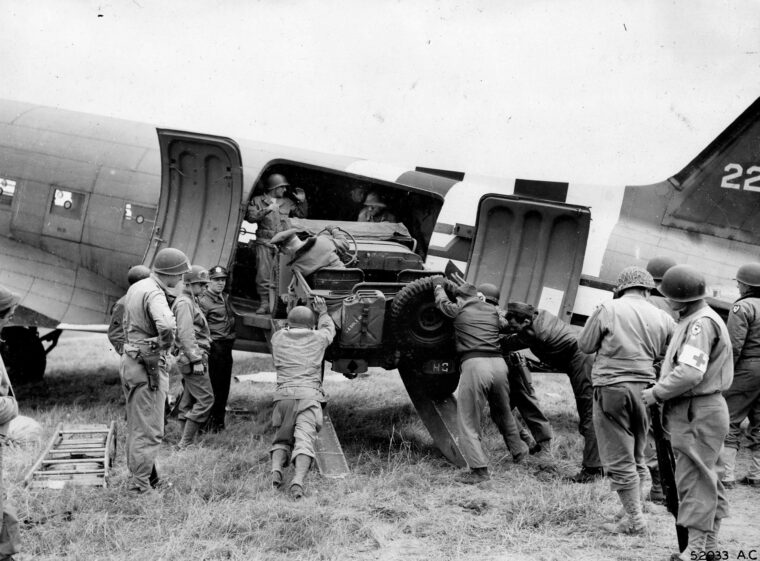
WWII
By Patricia Overman
“Flying supply missions with the 435th Troop Carrier Group, or any tactical group of IX Troop Carrier Command, is a combination of taking a physical beating and sweating out land and aerial war hazards”
—Michael Seaman, Warweek Staff Writer, Stars and Stripes, April 29, 1945
By April 1945 the Allied Armies were racing east as German resistance crumbled. Read more
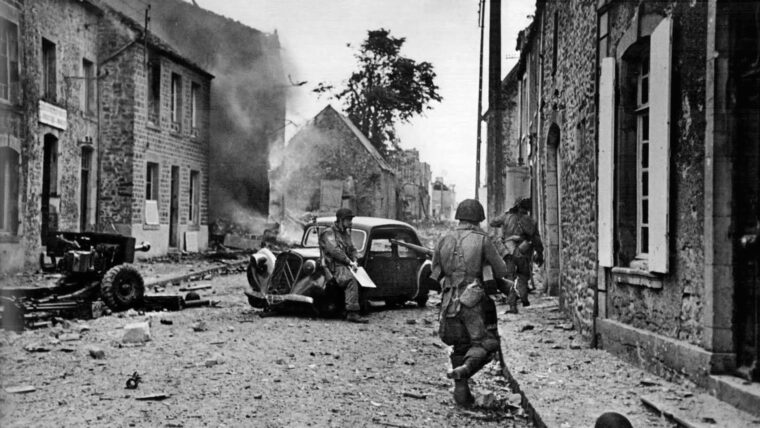
WWII
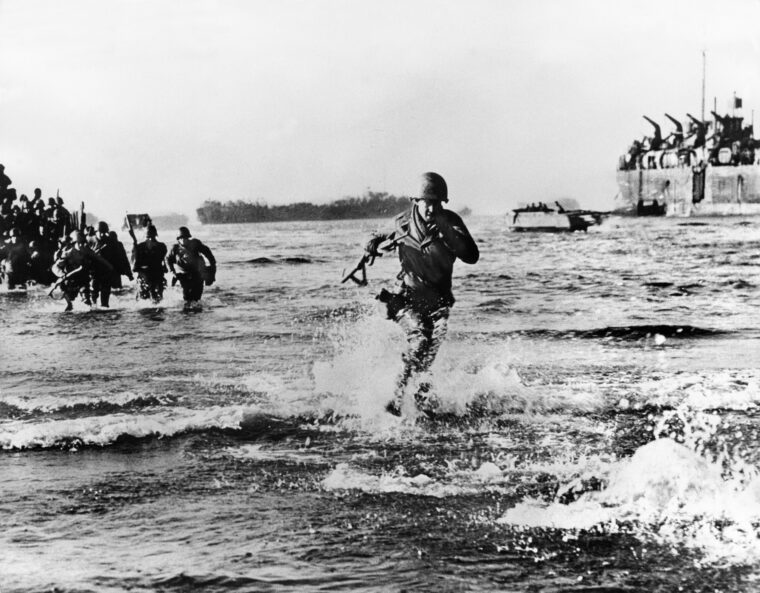
WWII
Hitler called it an “abscess.” British Prime Minister Winston Churchill, the chief sponsor and loudest cheerleader for the endeavor, grudgingly proclaimed it “a disaster.” Read more
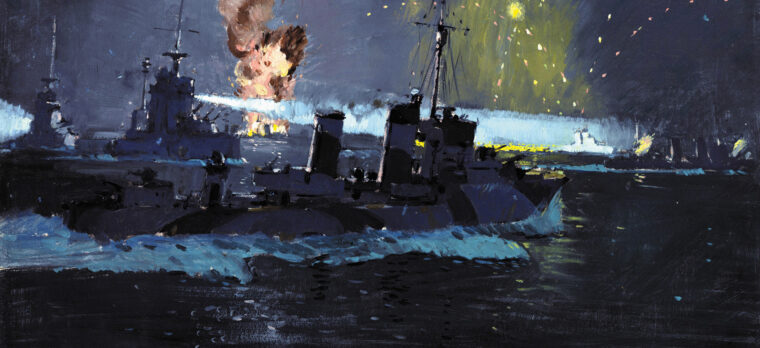
WWII
It was called “rodding,” and it was a complex manual procedure used by British cryptographers at Hut Eight in the Government Code and Cipher School at Bletchley Park to decipher Italian Naval Enigma coded messages. Read more
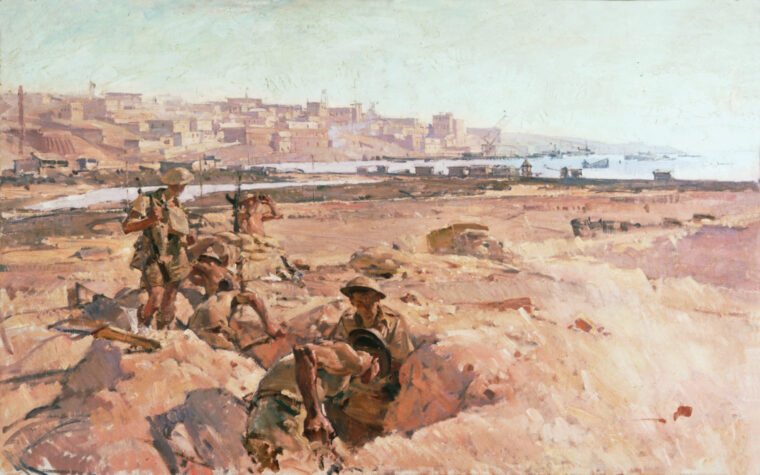
WWII
It was the first week of April 1941, and Lt. Gen. Richard O’Connor could scarcely believe what was happening as his driver suddenly cocked the wheel and swerved hard left, flooring the gas pedal in a futile attempt to outrun the multiple bursts of machine-gun fire erupting all around them, lighting up the Saharan night as bullets chased after his wheels. Read more
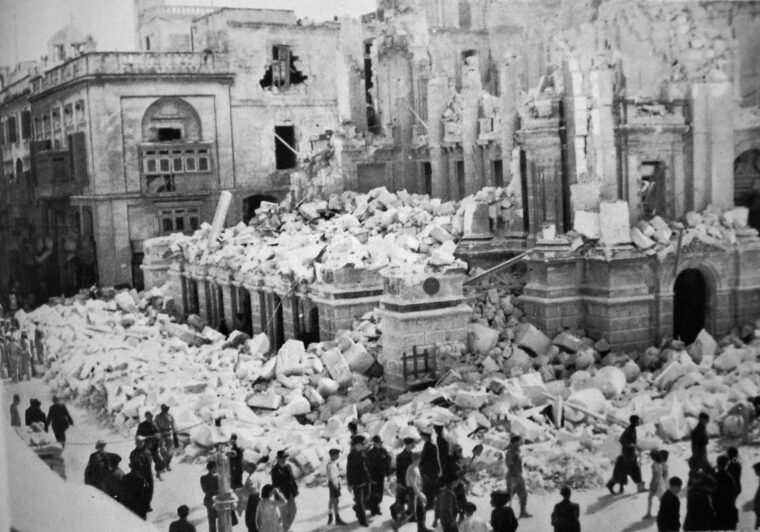
WWII
It was the humid season on Malta that September of 1943. The hot Sirocco winds from North Africa blow from August to October across the cool sea, raising humidity. Read more

WWII
The 809th Tank Destroyer Battalion was an independently attached unit of the U.S. Army. The battalion was activated on March 18, 1942, at Camp Forrest, Tennessee, and remained in the United States through most of the war. Read more